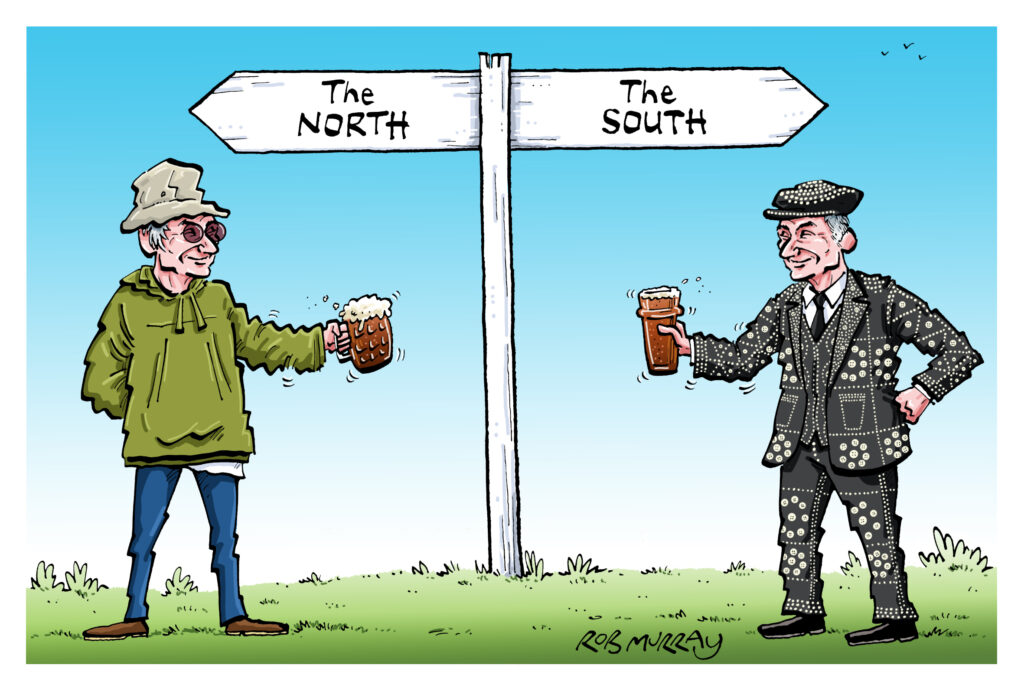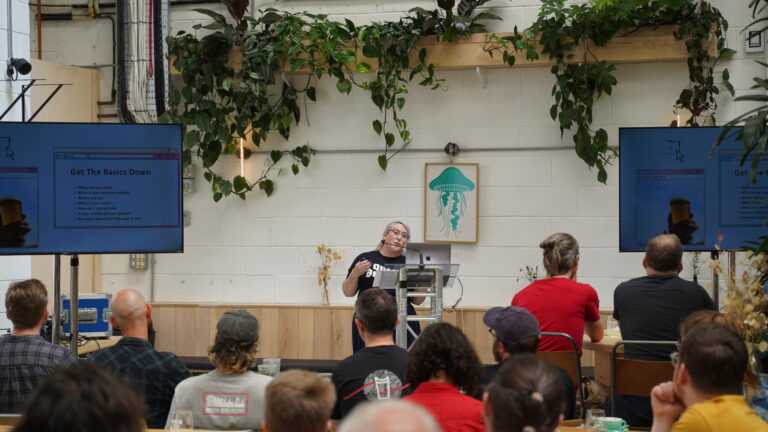The UK is blessed with great beers – beers produced at breweries located in its many towns and cities. But when it comes to cask, what are the different characteristics? What are those different nuances found in beers produced in the north and, also, in the south. And which do you prefer? Here’s John Keeling to share his opinion.
Now, I have long maintained that despite the myriad of beer styles judged in competitions there are only two types of beer. These are beers I like and beers I don’t.
As a brewer, I only wanted to make beers I liked and for most of my career this was the case. I reasoned that if a brewer did this, they would make the beer as good as they could and be proud of what they had achieved.
They would recognise unwanted changes in the beer flavour and would be quicker to correct them.
If you care about something you make it better, rather like the difference between a brewery and a factory.
However where did my taste come from? I was born and bred in Manchester but spent most of my brewing career in the south.
I was proud of being a Mancunian (I still am) and a typical Northerner. I supported Manchester United and Lancashire and started my drinking on Boddingtons, Robinsons, Lees, Hydes and Holts.
Unfortunately, none of them wanted me as a brewer – however Fuller’s did. I had only ever drunk Fuller’s once before, so it was a leap into the unknown for me.
On arriving at Fuller’s, I leapt into the unknown with a certain amount of gusto quickly developing a taste for their beers.
The brewer’s favourite was Chiswick Bitter, and we always tended to drink that, especially as it was only 3.5% ABV. And in those days we would have a couple at lunchtime.
Chiswick was dry-hopped in cask with Goldings and therefore had a lovely hop character. London Pride was malty and fruitier, much different to the beers of Manchester which were dryer, and with a pronounced bitterness.
So, the Fuller’s beers were very different to the beers in Manchester but then Robbies was much different from Boddies.
In fact, one of the great delights of the beer world in those days was to try each brewery’s version of bitter. None were the same and this provided great interest to the beer drinkers of that era.
One major difference between the north and south and that was one of presentation
John Keeling
However, there was one major difference between the north and south and that was one of presentation.
It still provides arguments today and that is the use of the sparkler. So, I am going to weigh in on this debate with my customary diplomacy.
Northern beers use them to produce a massive head which certainly makes the beer look good and appetising but southern beers have a looser fluffy head.
If you pour beer from a cask into a glass, you will get a very small head indeed and this was the way beer was dispensed before the invention of the beer engine.
This produced a bigger head, but it needed the invention of the sparkler to produce the tight creamy heads much loved by Northern drinkers. However, it might look good, but does it taste better?
Firstly, with such an agitated pour the beer must lose some condition, I cannot think that this would be a good thing.
Secondly, we know that certain flavour compounds such as bitterness dissolve into the head which makes the beer less bitter.
However, that foam redissolves into the beer as you drink it making the last few drinks very bitter indeed. Again, I cannot believe this is a good thing and makes the beer inconsistent to the drinker.
So, which do I prefer and to answer that I have to say that the best-tasting beer I have ever tasted was poured directly from the cask. The best-looking beers are the ones poured through a sparkler.
When I was working for Wilsons in Manchester as a young laboratory technician, I was asked to sample beer from a pub which complained about head retention particularly at lunch time.
Turns out they served the best pork pies in Manchester, and everybody had one for lunch. The fat from the pies dissolved the foam very quickly. This helps explain the old adage that you drink with your eyes…









